Radio Activities, Part I
Our first guest contributor from Live Free USA shares some radio lore and details how to set up your own.
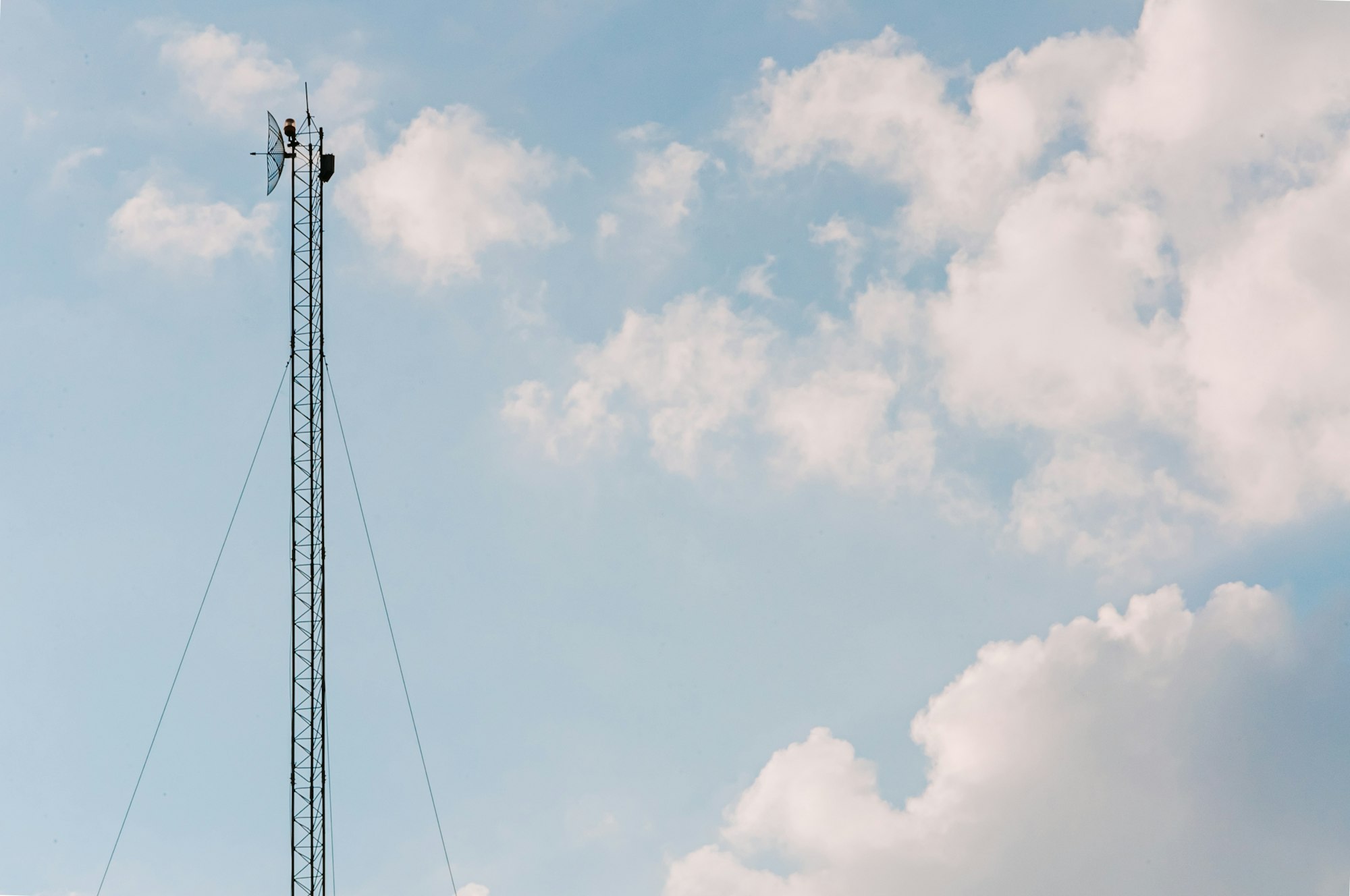
Radio Activities is produced in collaboration with Live Free USA, America's oldest self-reliance advocacy organization.
Before the Internet, there was a global communication network in place that was completely decentralized, largely peer-to-peer, and virtually indestructible. That network was known as shortwave radio, and it still exists in parallel to our modern telecommunications infrastructure—along with CB, GMRS and a number of other radio systems. While HAM radio operators can both transmit and receive over shortwave, this article will focus on “SWLing”, or shortwave listening, and alternative radio signals in general.
I was 10 years old when my grandfather gifted me my first shortwave radio. I would sit there for hours, carefully, slowly turning the dial and listening for signal. I heard Chinese news, Slavic folk music and dispatches from remote, tropical islands. The T.V. went off by 8 pm in our household, lights out by 9. Sitting under the covers with that radio, slowly turning the dial and traversing continents, I felt like I had entered a portal to another dimension.
Radio has a presence and immediacy not found on the Web. When you listen, you know that other people, somewhere, are listening to the same message and precisely the same time as yourself, so it’s a kind of live, shared experience. It’s also an important way to obtain real-time information in an emergency, and alternative viewpoints. Unlike most radio, which is line-of-sight, shortwave signals bounce off the upper atmosphere and back down to Earth, enabling broadcasters to transmit from anywhere, to anywhere. In this era of media control and online censorship, shortwave presents an attractive outlet for freedom activists and political dissidents, whose shortwave broadcasts are effectively un-cancellable.
The medium as the message
SWLing is a specific type of long-distance A/V reception more generally known as “DXing”. Those who seek out obscure, remote radio signals quickly realize that the character of these transmissions lends as much to the listening experience as their actual content. The received audio is lo-fi and monophonic, and the fluctuating signal-to-noise ratio creates interesting, unpredictable sound coloration. In addition to music and spoken word, the radio spectrum picks up coded telegraphs, ambient interference and strange electromagnetic artifacts.
This intriguing DX aesthetic has inspired many experimental musicians—first during the Cold War malaise of the late 70s and early 80s, and again after the fall of the Soviet Union. Kraftwerk’s Radio-Activity (1975) explores the dual themes of radio communication and radioactive decay, its bleak aesthetic inspiring artists like Monoton and Throbbing Gristle. The 90’s “Chill Out” scene—so named for The KLF's seminal 1990 album—regularly blended electronic instrumentation with field recordings and radio ephemera. Examples include Tetsu Inoue and Richard Dorfmeister.
One notable release is William Basinski’s 1982 album, Shortwavemusic, which is composed from looped shortwave recordings processed with tape delay.
You can listen at home
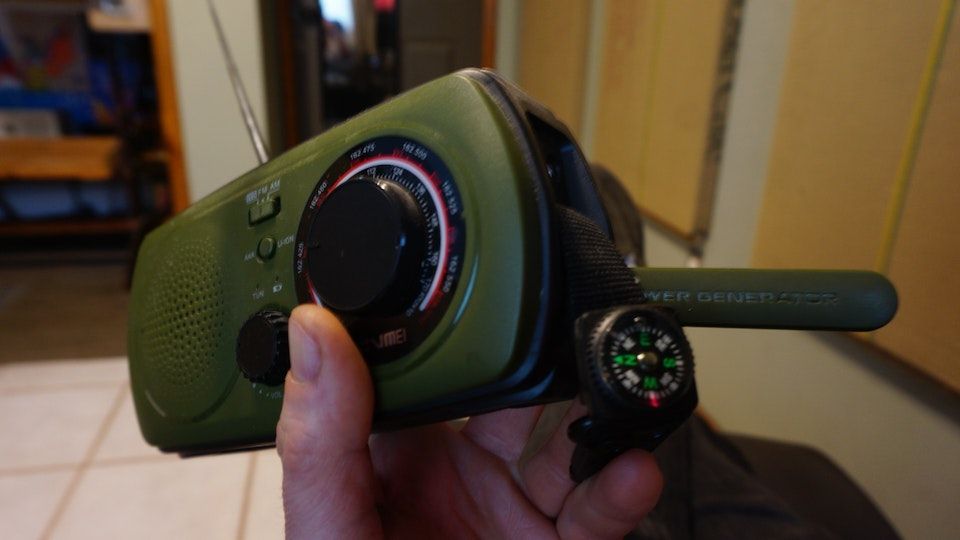
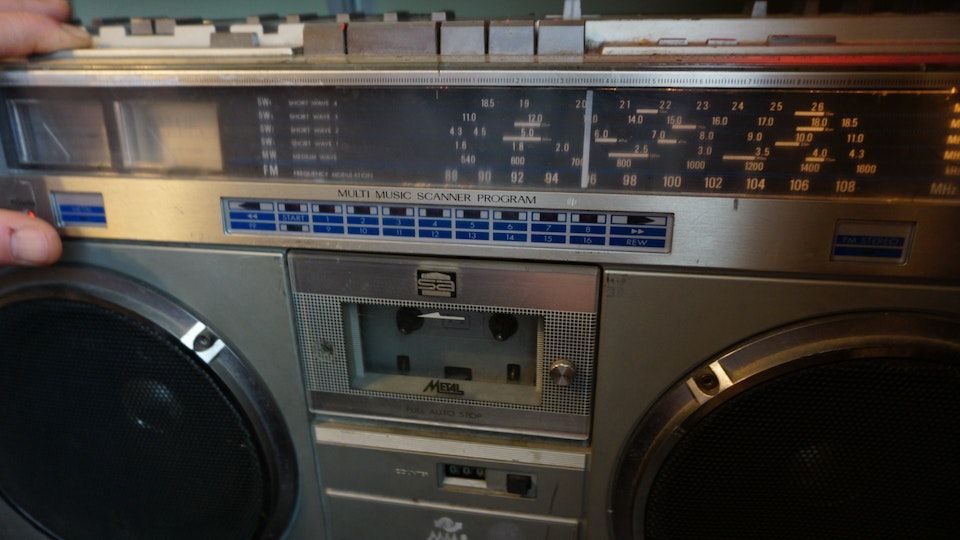
It’s a good idea to have lots of different radios for different purposes—including walkie talkies, which we’ll discuss in a future installment of Radio Activities. But the Swiss Army knife of radio listening is the SDR, or software-defined radio. Today, I’m going to show you how to build a listening station at home. For this project, you will need the following items, which are pictured in the gallery below:
- An SDR. I recommend an RTL-SDR USB dongle. You can buy a starter kit at that link, but I’m going to get you a lot farther with only a small investment.
- A 9:1 balun (available at the RTL-SDR store link above);
- A twin lead, using an FM radio antenna;
- Some wire nuts and electrical tape;
- Some ferric beads (available via the RTL-SDR store);
- Some PVC pipe, or any plastic that can live outside in the elements;
- A USB extension cable (available via RTL-SDR.com), and
- A long, single-strand wire. For my long wire, I cut a dead line off a telephone pole and split it into a single strand.
We’re going to create a longwire, or ‘random-wire’ antenna. Basically, when the length of your antenna matches the wavelength of a specific radio frequency, it becomes “tuned” to that frequency. We don’t want our random-length wire accidentally tuned to a common frequency, but we’ll probably be OK if we use one of these lengths (in feet):
29 35.5 41 58 71 84 107 119 148 203 347 407 423One we have our wire, we need to get it up in the air. This gallery will show you how to set up your antenna:
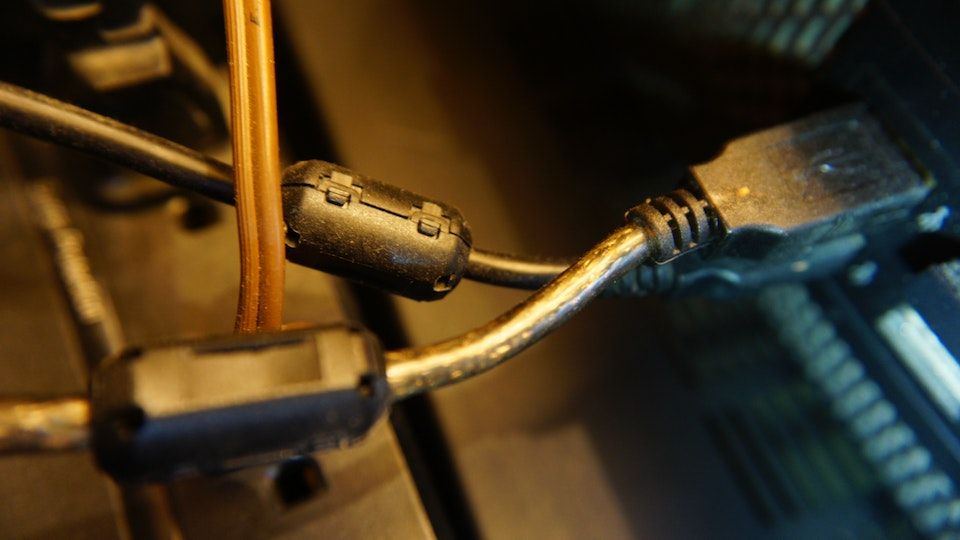
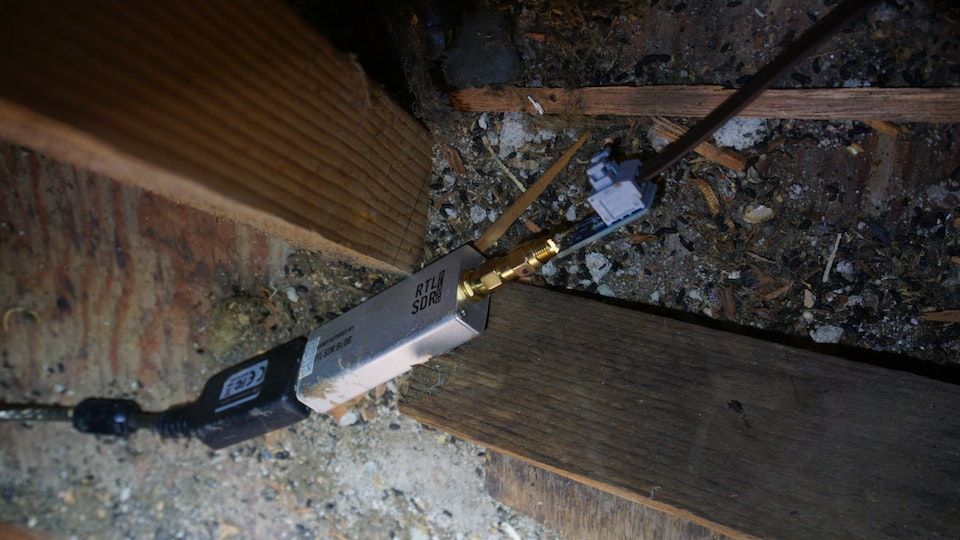
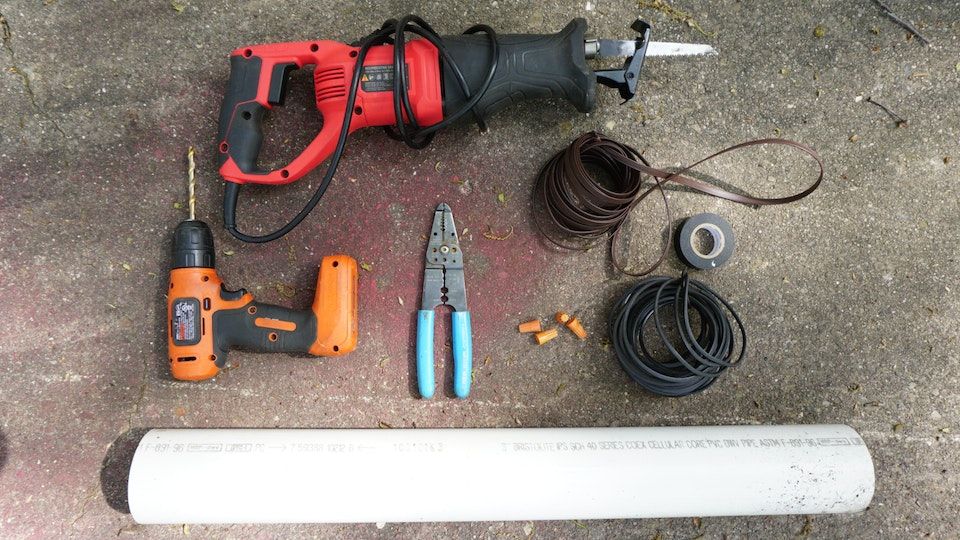
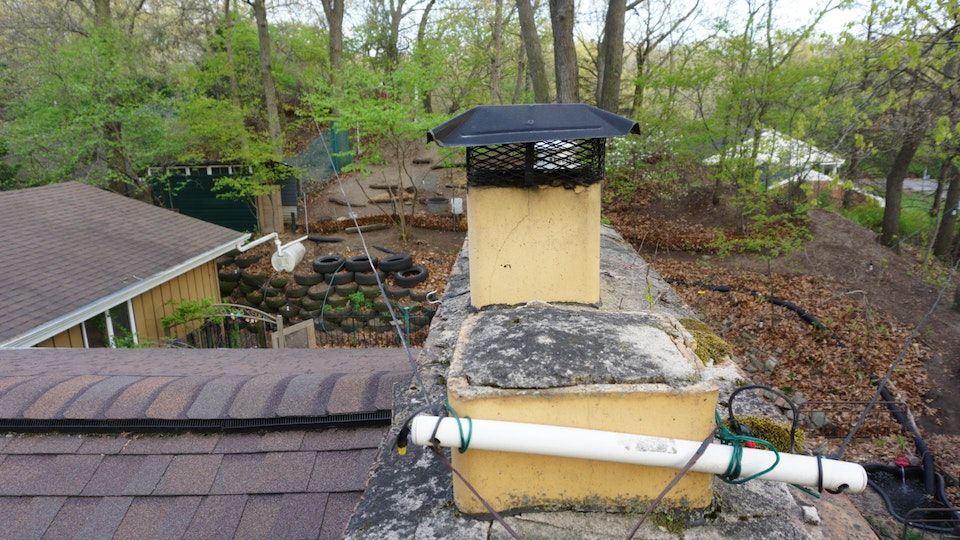
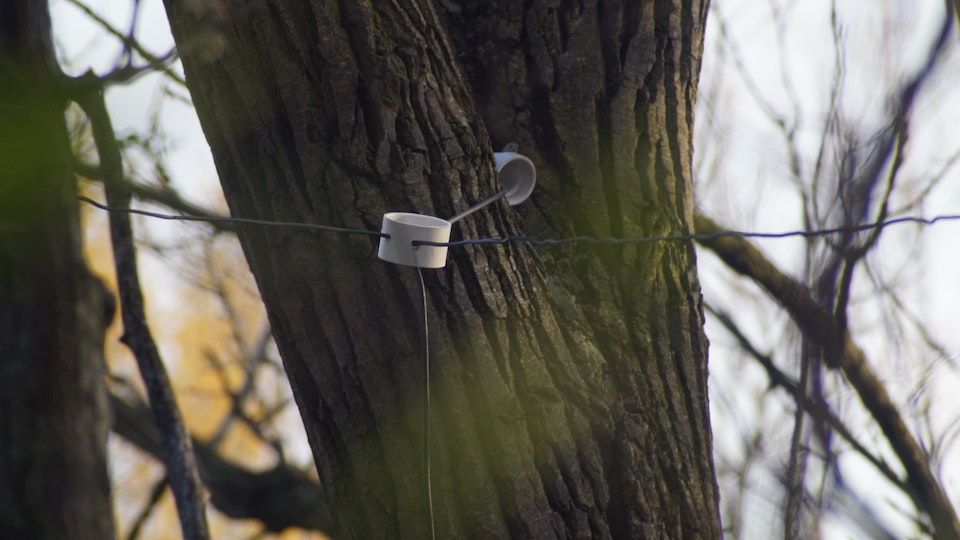
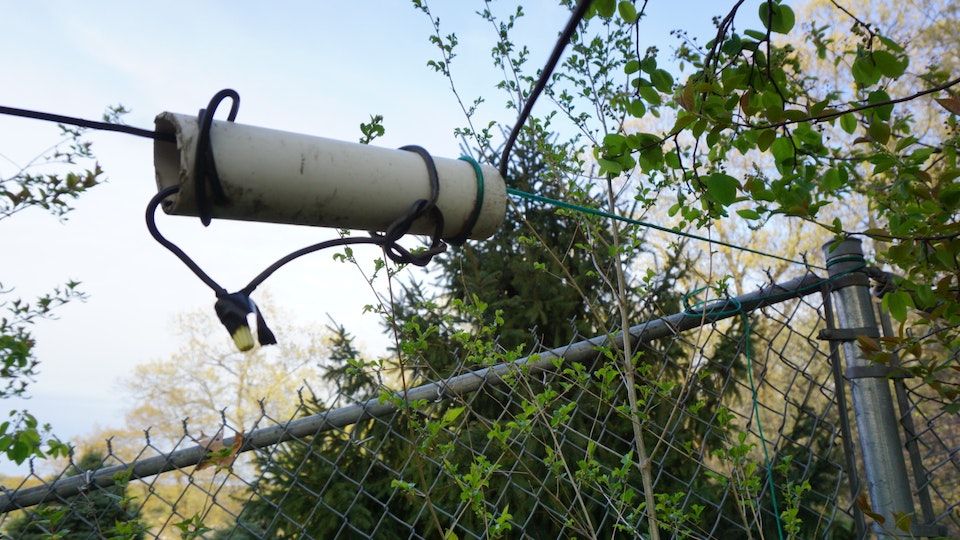
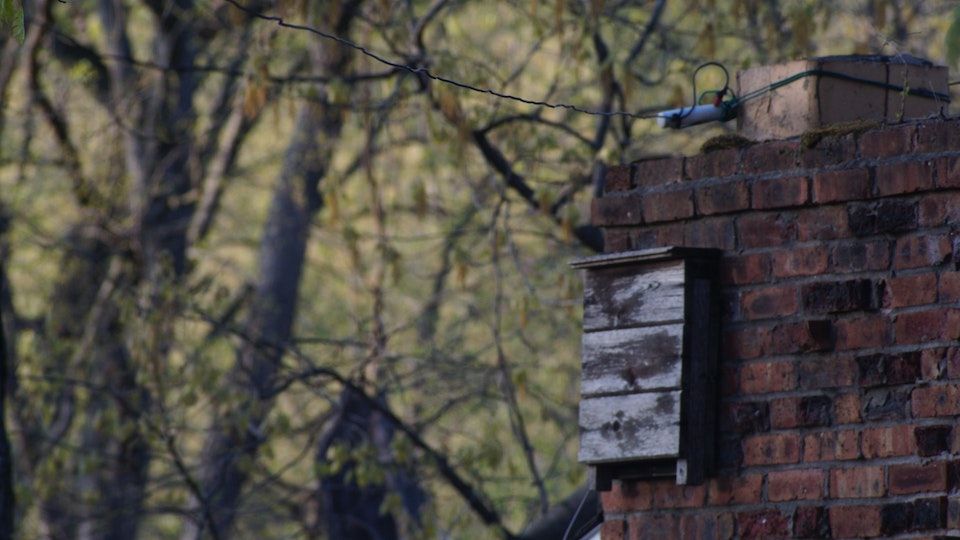
Well that was a pain in the ass! Now that we’ve set up the hardware, we need the software to control our SDR. I use GQRX and have found this to work best for Linux, though it’s also available for Mac. I can’t comment on Windows SDR software but there are several options available.
When you start GQRX, it will prompt you to input your settings. It should find your RTL-SDR by default, but in order to pick up shortwave, we will need to add direct_samp=2 to our device string:
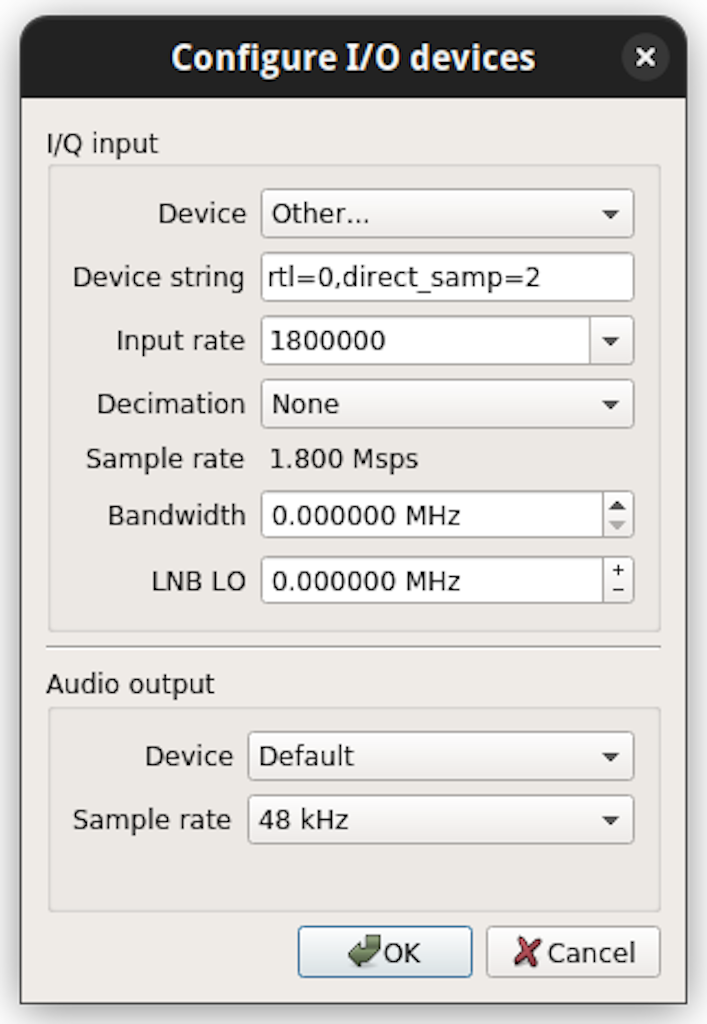
Click ‘OK’, and then in the menu go to file → start DSP. You should now be connected! For more details on using GQRX, read their tips and tricks, or you can ask for help in their user group.
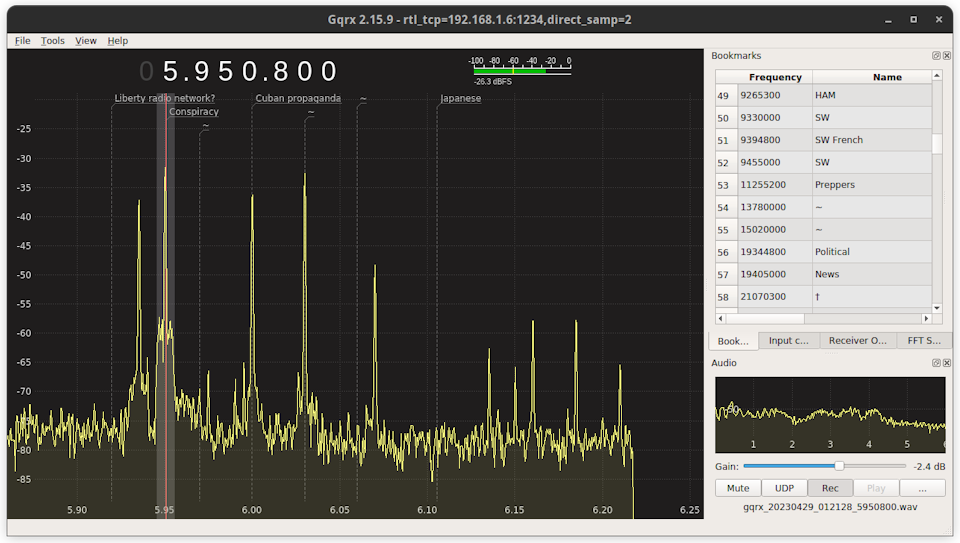
OK, so now that you’re receiving shortwave, what to listen to? ShortwaveSchedule.com is pretty comprehensive, so that might be a good place to start. Or, you can just start jumping around until you find the broadcasts you like. Note that most stations broadcast intermittently, and you’ll have way better reception at night than in the day.
If you want to follow a specific show, I recommend VORW Radio International, hosted by the food critic and supreme gentleman known as “Reviewbrah“, a voice of dignity in an undignified world. VORW Radio International’s current schedule is as follows:
| Day | Time (CST) | Frequency | Location |
|---|---|---|---|
| Saturday | 1 AM | 4840 kHz | North America |
| Saturday | 5 PM | 6115 kHz | North America |
| Sunday | 11 PM | 4840 kHz | North America |
Here are some examples of shortwave transmissions I can hear over GQRX:
Other frequencies
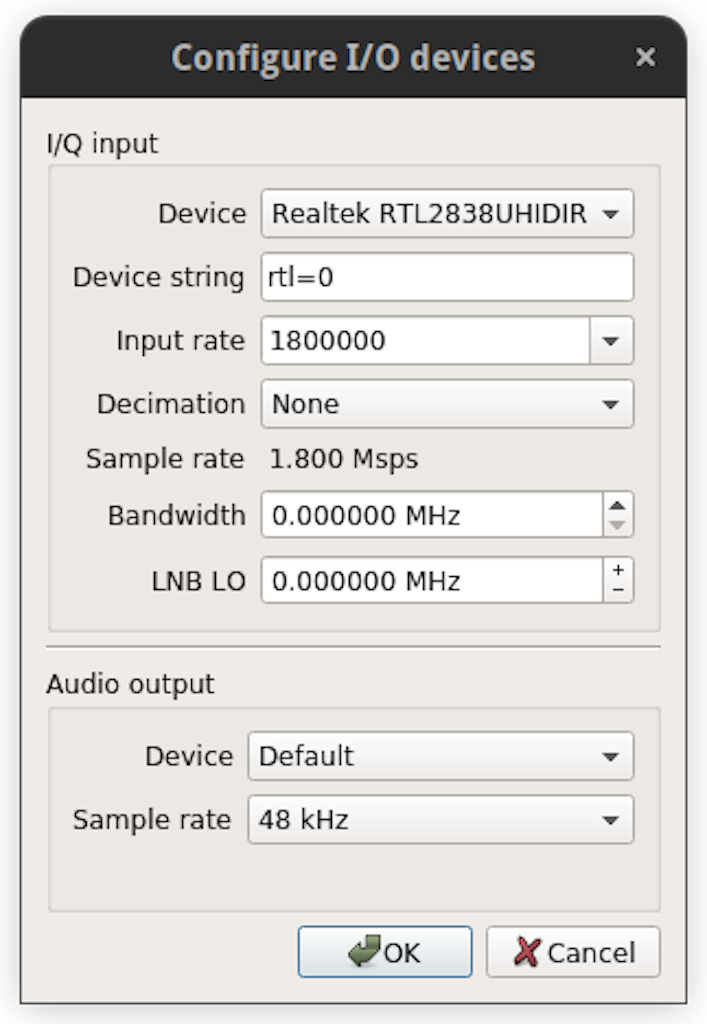
If you remove direct sampling from your device string, you’ll be able to receive all kinds of messages, including:
- Police scanners
- Emergency first responders
- Marine band broadcasts, if you’re close to the water
- Freight train dispatchers
- Truckers on CB (citizen band) radio
- Air traffic controllers
- Certain types of walkie-talkies
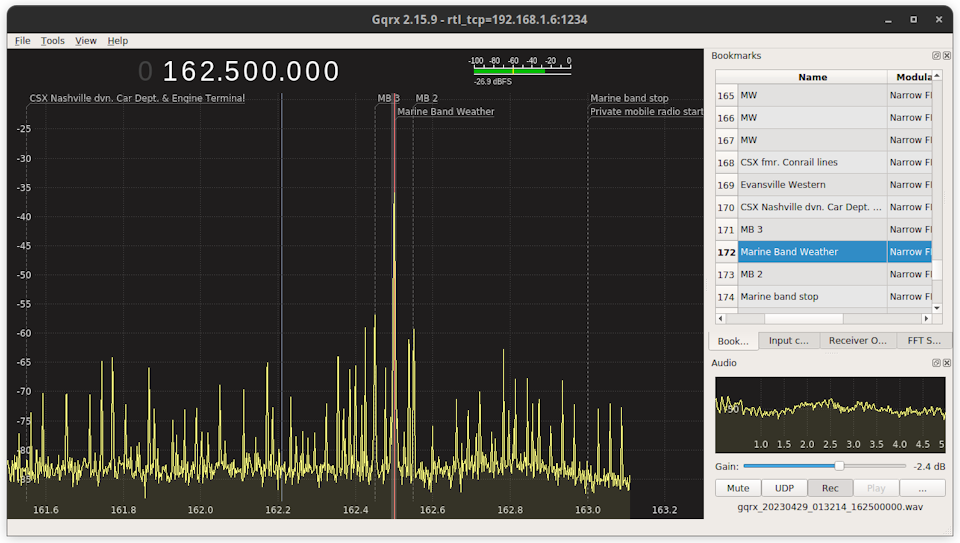
If your internet goes down in an emergency, and you don’t feel you can trust the information you’re receiving from the mainstream media, the SDR provides a lot of ways to determine what is happening ‘on the ground’. Here are some signals I captured with my SDR:
Further reading and listening
- SF 10-33 is a 24-hour streaming radio station that mixes ambient music with live transmissions from the San Francisco public safety scanner. San Francisco is renowned for its New Age and Ambient music scenes, and also for its total failure to maintain public order.
- Worldwide DX Radio Forum is the best place I have found on the Web to meet other radio enthusiasts. Their members are very knowledgeable and helpful.
- The SWling post is a blog dedicated to shortwave listening. If you want regular, fresh content on SW, this site is very active and frequently updated.

